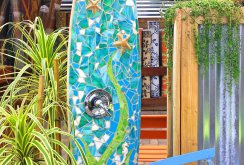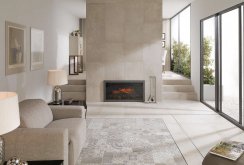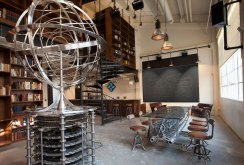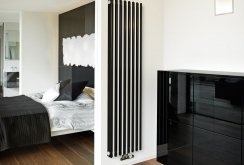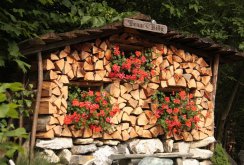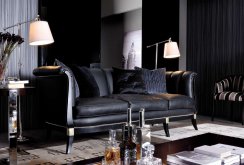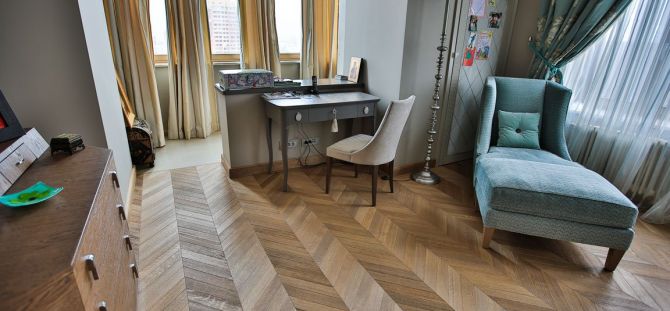 Herringbone parquet laying: procedure (26 photos)
Herringbone parquet laying: procedure (26 photos)
A herringbone is a type of parquet, with a laying pattern resembling a herringbone and being essentially a classic of excellence. Installation of this piece parquet is simple: it can even be performed by a lay person.
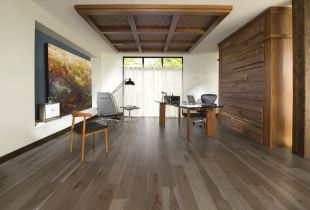 Massive board for repair and decoration: application possibilities (24 photos)
Massive board for repair and decoration: application possibilities (24 photos)
Massive board is an environmentally friendly finishing material with a long service life. A variety of textures and shades, convenient installation, a spectacular appearance - all this made such a floor covering with elite products worthy ...
 Sealant for wood - a reliable solution to the problems of cracks and crevices
Sealant for wood - a reliable solution to the problems of cracks and crevices
Sealant for wood is very practical in everyday life and during repair. It allows you to firmly fasten wooden elements without leaving any residue and unpleasant odor.
 Laminate and parquet care: a review of regular and periodic measures
Laminate and parquet care: a review of regular and periodic measures
Such popular floor coverings as laminate and parquet need constant care: we are talking about cleaning and applying protective compounds, as well as replacing the top layer. It is important to know the rules ...
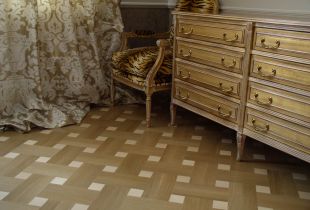 Piece parquet: the nuances of choice and styling technology (26 photos)
Piece parquet: the nuances of choice and styling technology (26 photos)
Choosing and laying piece parquet is difficult and expensive. But the result is all the more impressive, especially if everything is done correctly.
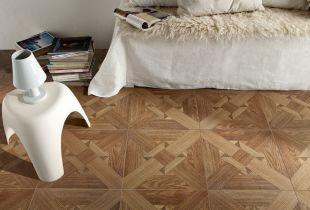 Tiles for parquet: classic in a new version (24 photos)
Tiles for parquet: classic in a new version (24 photos)
Ceramic tiles for parquet will create an elegant interior in rooms with high floor loads and high humidity. A variety of collections for piece and art flooring opens up unlimited possibilities for designers.
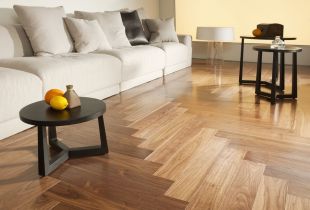 Parquet tinting: key subtleties and nuances of working with flooring (23 photos)
Parquet tinting: key subtleties and nuances of working with flooring (23 photos)
Today there is an incredible amount of funds that will allow you to quickly and accurately tint parquet or any other wooden finish. It remains only to choose the preferred color and basic composition for the job.

 Massive board for repair and decoration: application possibilities (24 photos)
Massive board for repair and decoration: application possibilities (24 photos) Sealant for wood - a reliable solution to the problems of cracks and crevices
Sealant for wood - a reliable solution to the problems of cracks and crevices Laminate and parquet care: a review of regular and periodic measures
Laminate and parquet care: a review of regular and periodic measures Piece parquet: the nuances of choice and styling technology (26 photos)
Piece parquet: the nuances of choice and styling technology (26 photos) Tiles for parquet: classic in a new version (24 photos)
Tiles for parquet: classic in a new version (24 photos) Parquet tinting: key subtleties and nuances of working with flooring (23 photos)
Parquet tinting: key subtleties and nuances of working with flooring (23 photos)